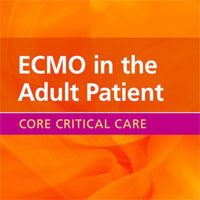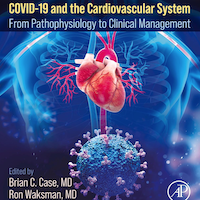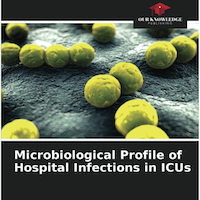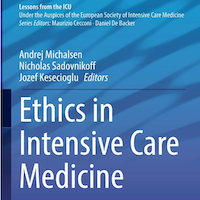Tag: sepsis
The biggest killer you may not know
It kills more than bowel, breast and prostate cancer combined. A report in 2015 said four in 10 patients being admitted to accident and emergency units were not being reviewed quickly enough and uncovered delays in giving... read more
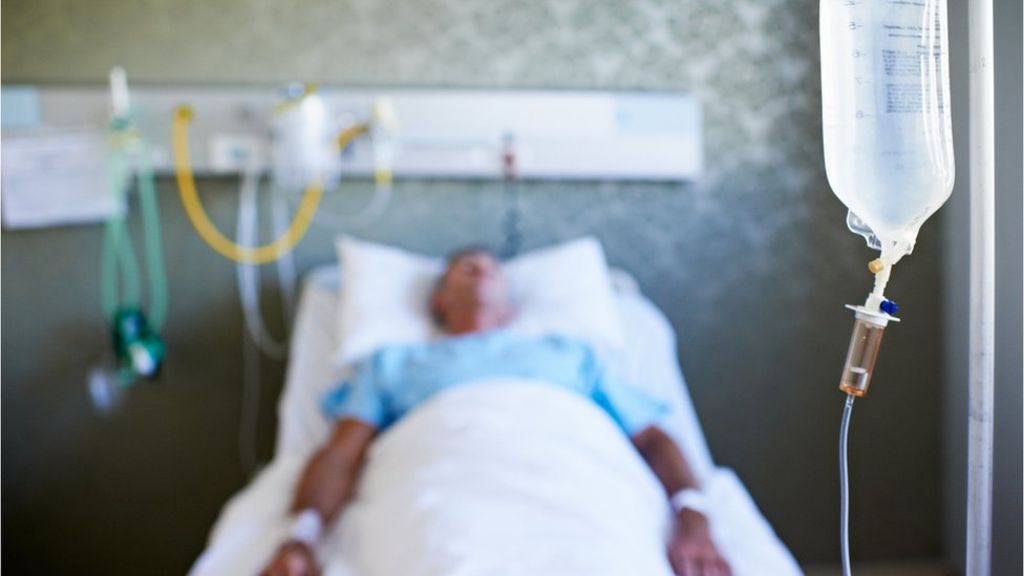
Why the New Sepsis Guideline Changed
Recent guidelines for how to best manage septic shock have changed. Gone are recommendations for central venous oxygen saturation monitoring and goal-directed therapy. In is the concept that septic shock be treated as an... read more
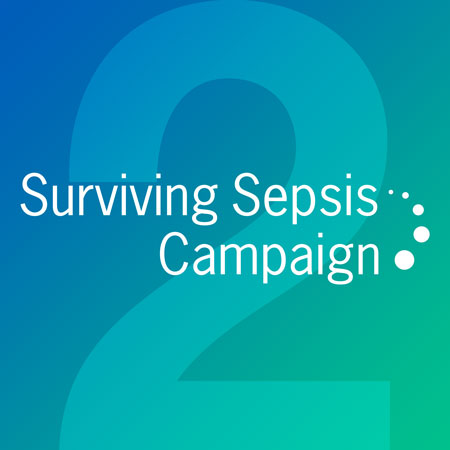
Decreased cytokine production by mononuclear cells after severe gram-negative infections
Failure of circulating monocytes for adequate cytokine production is a trait of sepsis-induced immunosuppression; however, its duration and association with final outcome are poorly understood. Defective TNF-α production... read more

Multifaceted educational intervention shortened time to antibiotic administration in children with sepsis
A multifaceted educational intervention shortened time to antibiotic administration in children with severe sepsis and septic shock: ABISS Edusepsis pediatric study. The Surviving Sepsis Campaign (SSC) recommends the administration... read more

In Hospital ICUs, AI Could Predict Which Patients Are Likely to Die
With streams of data coming from equipment that monitors patients’ vital signs, the ICU seems the perfect setting to deploy artificially intelligent tools that could judge when a patient is likely to take a turn for the... read more
Updated Guidelines for Sepsis Management
In 2017 the Society for Critical Care Medicine updated its guidelines for sepsis management. These new guidelines differ significantly from ones in the past in that they no longer recommend protocolized resuscitation and... read more
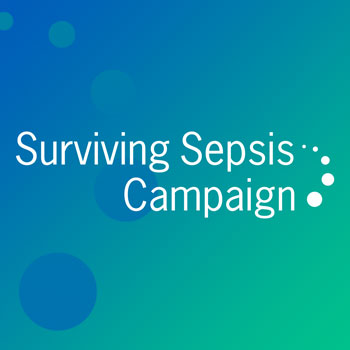
Hemolytic Uremic Syndrome (HUS): Pearls and Pitfalls
A three-year-old male presents with mom for seven days of fever, diarrhea, and decreased activity. When you walk into the room, you note a listless-appearing boy with pallor. His eyes appear sunken. He is tachycardic, tachypneic,... read more

Wide variations found in evaluation of newborns for sepsis
The evaluation of well-appearing term infants for early-onset sepsis (EOS) varies considerably among hospitals, with some doing extensive work-ups and giving antibiotics while others simply observe and provide newborn routine... read more

MR-proADM Accuracy Superior for Sepsis Mortality Prediction
The use of novel sepsis biomarkers has increased in recent years. However, their prognostic value with respect to illness severity has not been explored. In this work, we examined the ability of mid-regional proadrenomedullin... read more

Sepsis Readmissions Compared With Other Medical Conditions
This study uses data from a US readmissions database to assess whether sepsis hospitalizations account for a higher proportion of unplanned 30-day readmissions than hospitalizations for acute myocardial infarction, heart... read more

Ureteral stents, sepsis and acute kidney injury: Iatrogenic imperfecta!
Case presentation A 62-year-old woman with a past history of placement of bilateral ureteral "JJ" stents, presented to the hospital complaining of fever, chills, abdominal pain, oliguria and was found to be hypotensive.... read more

How survival of cancer patients in critical care has improved in the last 3 decades
Comprehensive care for critically ill patients with cancer is a collaborative effort, and close cooperation between oncology as well as palliative and critical care is essential. Collaborative decision making is a cornerstone... read more
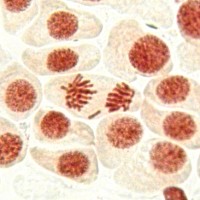
Hydrocortisone Fails to Prevent Septic Shock
Hydrocortisone failed to reduce the risk of septic shock in severe sepsis patients in recent research, though its authors held out hope that a larger study could show a better result. Current guidelines recommend hydrocortisone... read more

Six myths promoted by the new surviving sepsis guidelines
The Rivers trial and the Surviving Sepsis Campaign popularized sepsis protocols, which saved lives. Massive accomplishment. However, that doesn’t validate the individual components of early goal-directed therapy. Any protocol... read more
Culture-Negative Severe Sepsis: Nationwide Trends and Outcomes
CNSS among hospitalized patients is common, and its proportion is on the rise. CNSS is associated with greater acute organ dysfunction and mortality. Having CNSS is an independent predictor of death. Of 6,843,279 admissions... read more
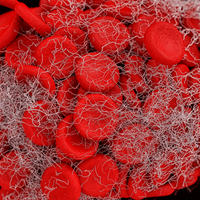
The ABCDEF Bundle: Science and Philosophy of How ICU Liberation Serves Patients and Families
Over the past 20 years, critical care has matured in a myriad of ways resulting in dramatically higher survival rates for our sickest patients. For millions of new survivors comes de novo suffering and disability called "the... read more

Management of Sepsis and Septic Shock
The best approach for hemodynamic therapy for sepsis has become more uncertain as evidence has accumulated. This extends even to the degree to which clinicians should use intravenous fluids as a foundation for resuscitation... read more






